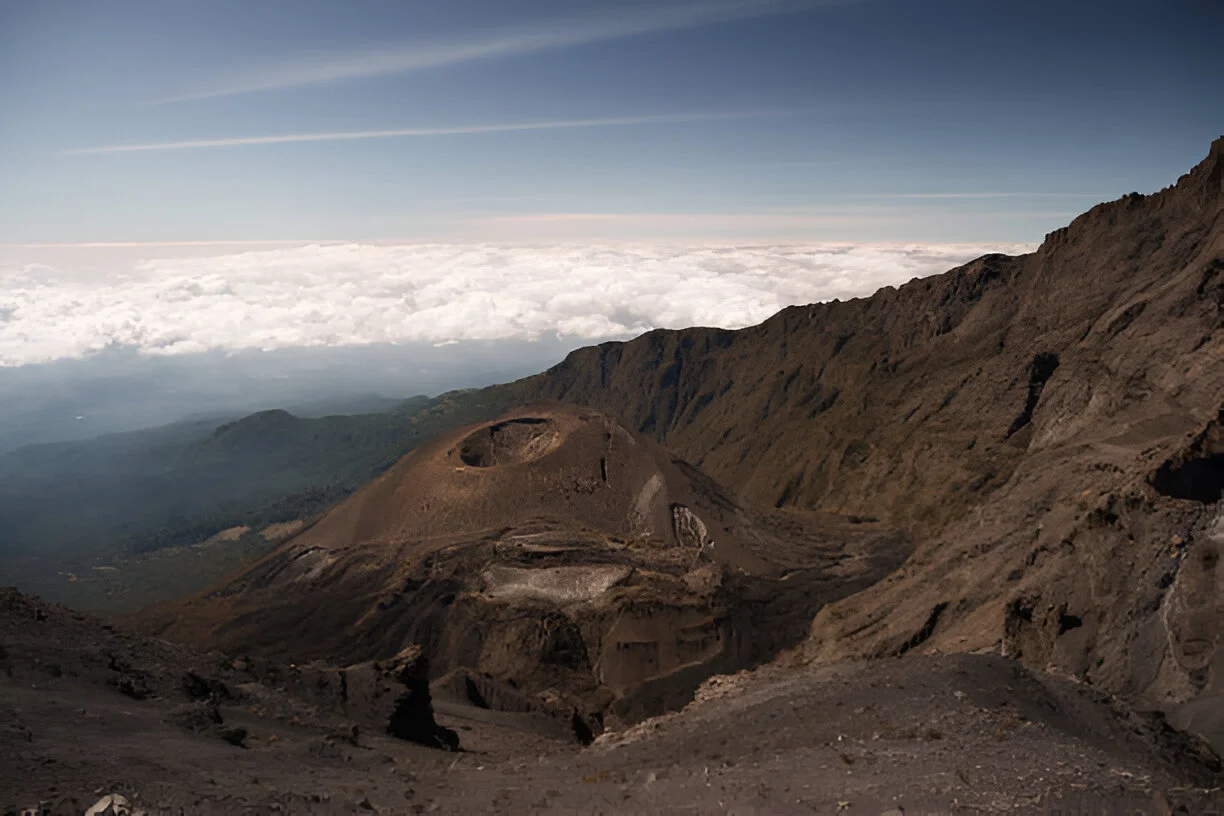Call +255 783 884 129
Tanzania Safari in February is one of the most magical times to explore the country’s national parks. The weather is warm, the skies are clear, and wildlife sightings are truly spectacular. February marks the heart of the Great Migration calving season, where over half a million wildebeest calves are born across the Ndutu plains in the southern Serengeti. This is nature’s grand event, attracting predators like lions, cheetahs, and hyenas — creating unmatched wildlife action.
The parks are green and full of life after the short rains, making them ideal for game drives and photography. The scenery is bright, the air is clean, and the herds are concentrated, offering unforgettable safari moments for travelers who love vibrant landscapes and baby animals.
February offers warm and stable weather for safaris in Tanzania. Daytime temperatures range between 26°C and 31°C, with cooler evenings, especially in highland areas like Ngorongoro. The short rains of November and December have passed, leaving behind lush vegetation and full waterholes. This makes wildlife easier to find, as animals stay around the open plains and rivers.
Because the days are sunny and roads are dry, February is perfect for photography, walking safaris, and hot air balloon rides. Visitors can enjoy clear skies, colorful sunsets, and active wildlife without the heavy crowds of peak months like July and August.
A February Safari in Tanzania is the best time to witness the Great Migration in the southern Serengeti and Ndutu region. The plains become the nursery of the Serengeti, where newborn wildebeests, zebras, and gazelles take their first steps under the watchful eyes of predators.
Big cats are especially active this month lions hunt in the open plains, cheetahs chase young gazelles, and hyenas roam freely. Elephants, giraffes, and buffaloes are also common, creating rich photographic opportunities. Birdlife peaks in February too, with many migratory species nesting in Tanzania’s wetlands.
Choosing Tanzania Safari in February means traveling at the perfect time warm weather, lush scenery, and intense wildlife moments. The parks are less crowded, giving travelers quiet, immersive experiences. Calving season makes it ideal for photographers and nature lovers who want to witness new life and predator-prey interactions.
Lodges and camps often have moderate rates in February, offering excellent value for money. Whether you’re on a family vacation, honeymoon, or solo trip, February is a peaceful yet thrilling time to visit.
The Ndutu region in the southern Serengeti and Ngorongoro Conservation Area are the top safari destinations in February. These areas host the Great Migration herds and offer breathtaking views of the plains filled with life.
Tarangire National Park also remains beautiful, with elephants and baobabs glowing under the golden sun. Lake Manyara National Park is excellent for birdwatching and spotting tree-climbing lions. For a balanced experience, combining these parks gives a full taste of Tanzania’s natural beauty in February.
February’s combination of green landscapes, soft light, and wildlife action creates perfect photography conditions. The clear skies highlight sunsets over the Serengeti, while newborn animals and colorful birds make every shot unique. Photographers can capture dramatic predator hunts and peaceful family scenes, all in one trip.
For travelers, February feels like Tanzania at its best — warm, alive, and full of unforgettable safari moments.

Yes, February is one of the best months for safaris in Tanzania. The Great Migration calving season happens in the Ndutu area, offering excellent wildlife viewing.
In February, the migration is in the southern Serengeti and Ndutu plains, where wildebeests give birth to thousands of calves each day.
There are a few short, light showers, but they do not affect game drives. The days are mostly sunny with great visibility.
No, February has fewer tourists compared to the mid-year peak season, which means more privacy and calm in the parks.
Most travelers can obtain a visa on arrival at Kilimanjaro International Airport (JRO) or apply online via the official Tanzania e-visa portal before the trip. Bush Lion Tours provides full guidance and documentation support if you wish to process your visa before arrival.
A tourist visa usually costs $50 USD and is valid for 30 days. For travelers from certain countries such as Iran, Pakistan, or Lebanon, applying online or through the nearest Tanzanian Embassy is recommended to avoid delays. If you choose the visa on arrival, it may take extra time at the airport, so pre-arranging online can save valuable hours upon landing.
Pack light clothes, a hat, sunscreen, a light jacket, and binoculars. A camera is essential for the calving scenes and landscapes.
Yes, Zanzibar is perfect in February — warm, sunny, and ideal for swimming and relaxation after your safari adventure.
100% local tour company based in Tanzania. We offer Kilimanjaro climbs, wildlife safaris, Zanzibar trips, and cultural tours. Travel with experts. Support local.

© 2025 Bush Lion Tours. All Rights Reserved. | Website by Bush Lion Team 🇹🇿